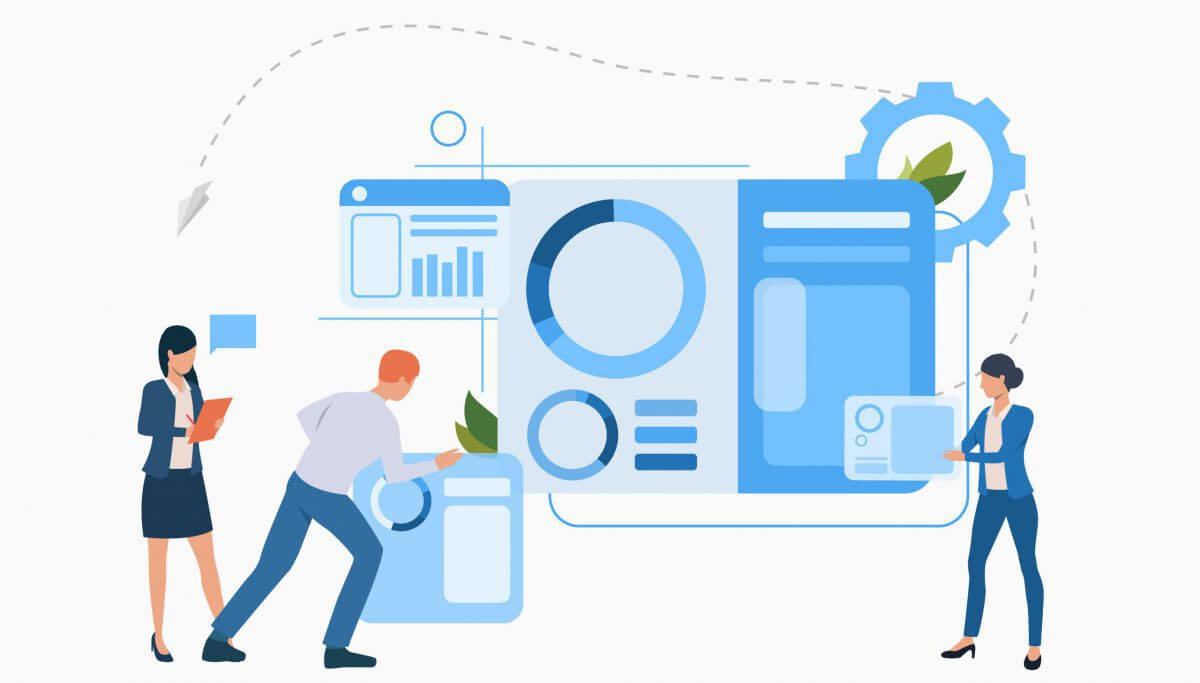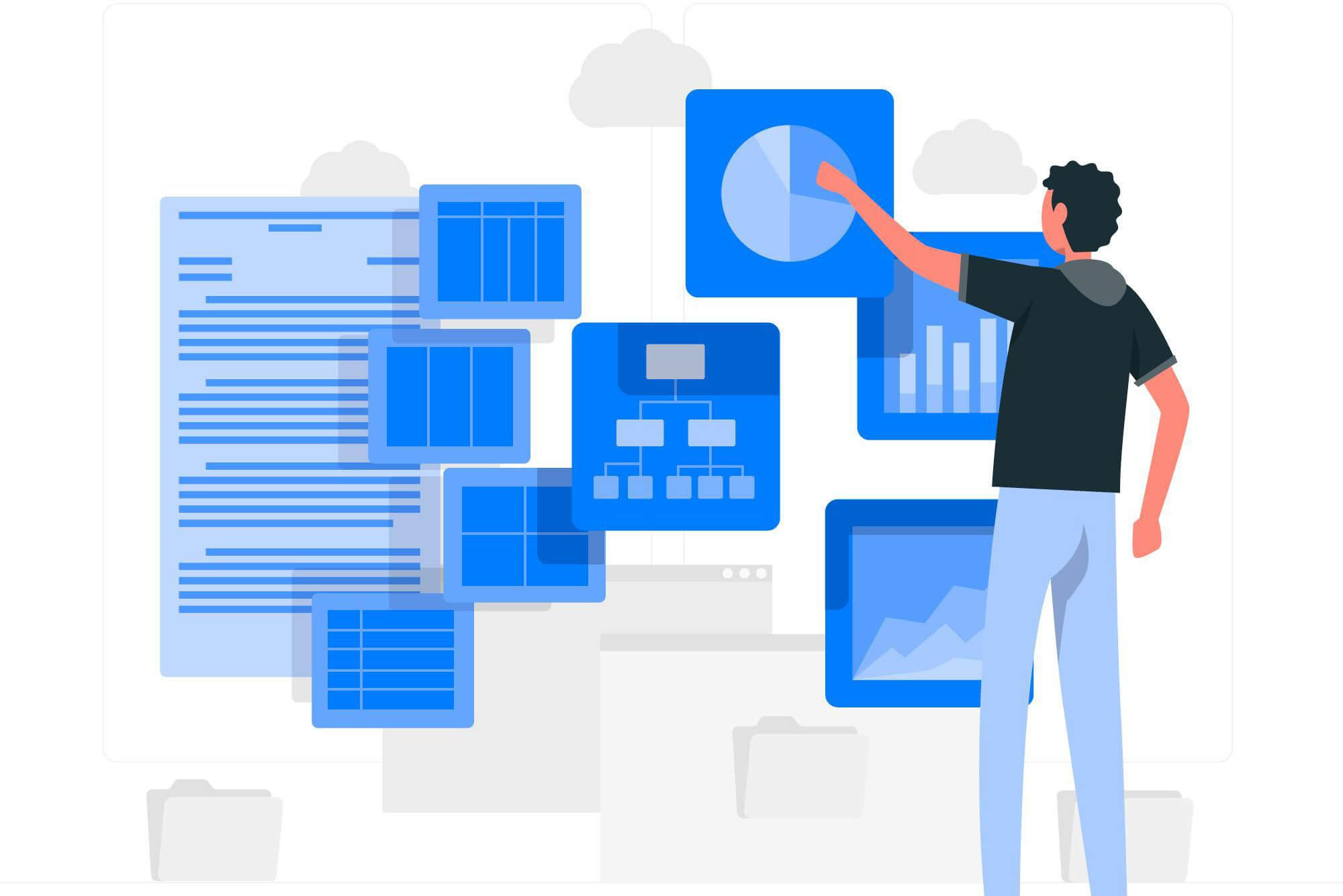The challenge for your clients doesn’t stop with the initial purchase of SaaS services.
Technology leaders recognize the need to proactively manage the availability and performance of their increasingly complex technology assets–but most lack the skills and resources to do this effectively–placing their businesses at great risk.
So it’s unsurprising for MSPs that the second level of value beyond implementation is moving into actually making these systems useful.
Put another way, it’s one thing to put Teams on someone’s computer –it’s another to build out integrated workflows, making automation work across departments, to ensure that data flows correctly and then ensure it’s always being securely managed.
But, the extra effort is worth the increased value you’re providing your clients. Focusing on your client’s internal integrations allows you to unlock time, efficiencies, and data blocks in their work.
As modern integrations come with great automation benefits and new ways to centralize the way data is exchanged between multiple teams and technologies in real-time and it opens up a wealth of new possibilities for the organization itself.
Below we dive into the two types of integrations for SaaS products and the reason you should provide them.
Two Types of SaaS Integrations
There are two major types of integrations for SaaS products:
Data Integration: this grew out of the adoption of relational databases and the need to move information between them. Typically, data integration is batch-orientated and deals with data at rest. In other words, the process that created the data has already been completed.
Application Integration: this deals with integrating live operational data in real-time between two or more applications. Typically an “event” will occur. For instance, when a customer places an order, this triggers an integration flow that updates and enriches data in other applications in real-time.
Why You Should Integrate Your Clients’ SaaS Products
Any organization that wants to stay competitive in today’s market needs to be quick, responsive, and efficient. Here’s how integrations can help.
1. A Simplified Environment
The number of SaaS apps a business needs to manage can get out of control in a hurry. This leads to an incredibly complex environment that can bog down operations and frustrate employees.
Integrations can mean less time moving between different apps. That can drive true business value to your client’s bottom line.
2. Data Integrations
With data integrations, your clients’ employees no longer need to spend their time on tedious and time-consuming tasks, such as data entry, because the built-right-in data movement and data transformation capabilities enable end-to-end workflows.
These integrations enable enterprises to view the entire life cycle for any type of data. It’s easier to track, monitor, and manage data across SaaS applications.
It also provides real-time visibility for the business and technical users, enabling persona-based insight and intelligence into critical data flows.
3. Better Security
Besides the inefficiencies, another drawback to an unintegrated IT environment is that it becomes more difficult to manage all the security requirements. Separately managing the risk and security needs of each system and application is extremely cumbersome.
The Wrap on Integrating SaaS Apps
An MSP will be able to integrate different SaaS products, ensuring that they work well together, in a way that SaaS providers may not be able to help with. The more efficiently these systems work together, the better they will serve the company and its productivity.
Treat integration like buying software —find out whether your customers have a real need for it, and whether building it actually will be of benefit to them.






